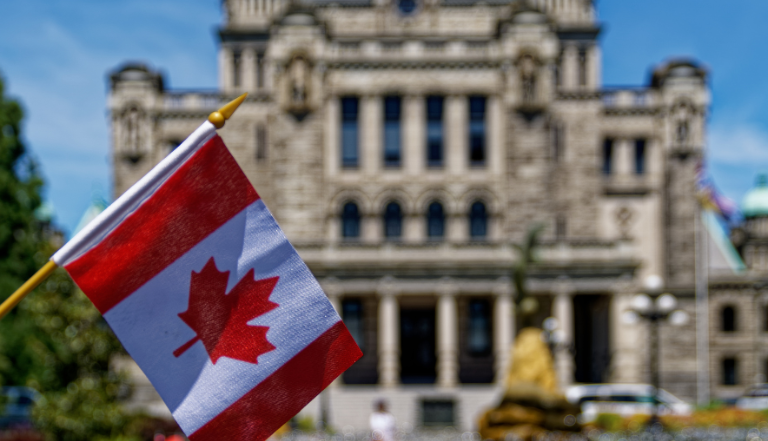Articles
Filter by:

Article
- Tuesday, 17 December 2024
The Reality Behind Patent Term Adjustment in Canada ‒ How Often Do We See a Blue Moon?
Patent rights holders are unlikely to benefit from adjusting their prosecution strategies in an effort to obtain term extensions under Canada’s new patent term adjustment (PTA) regime, which comes into force on January 1, 2025.
Read more

Article
- Thursday, 12 December 2024
Intellectual Property Challenges and Opportunities for Advanced Manufacturing in the Automotive Industry
In many industry sectors, diverse intellectual property portfolios, including patent portfolios, are an important part of the commercialization plans for companies of all sizes. A diverse patent portfolio may include multiple patents for key innovations in one product, or across an entire product family, and with coverage across multiple global jurisdictions.
Read more

Article
- Monday, 9 December 2024
Illuminating the Future with Rotonium’s Photonic Innovations
In the latest Dead Cat Live Cat interview with Quantum specialists, host Phil Merchant, Principal at Marks & Clerk, interviews guests Roberto Siagri (Chief Executive Officer) and Fabrizio Tamburini (Research Leader and Co-Founder) from Rotonium.
Read more

Article
- Thursday, 5 December 2024
From Afghanistan to Zimbabwe, and (almost) everywhere in between
As a Trade Mark Attorney, I’m often asked to file trade mark applications or update the ownership of existing rights in foreign jurisdictions. This could be because the client is moving into a new market, perhaps they have acquired or merged with another company, or perhaps they are completely rebranding.
Read more

Article
- Monday, 2 December 2024
Making semiconductor supply more flexible
A single smartphone contains over 10 billion semiconductor transistors. Alongside phones and laptops, transistors (or more broadly, integrated circuits or “chips”) are increasingly appearing in other products, from TVs, to cars, to fridges, as they get “smarter”. Of course, demand for chips is also rapidly growing for datacentres to enable artificial intelligence (AI) capabilities.
Read more

Article
- Wednesday, 27 November 2024
Brand security in a modern world: Why a strong brand is your business' greatest asset
A company’s brand can often be its most powerful and valuable asset, and a solid brand identity can positively influence consumer choice by making products or services more attractive, enabling brand owners to increase revenue.
Read more

Article
- Wednesday, 27 November 2024
Brand security in a modern world: How to create a brand
The key to having strong protection in place for your brand starts with the selection of the brand. The more distinctive your brand is, the stronger your exclusivity to that brand will be.
Read more

Article
- Wednesday, 27 November 2024
Brand security in a modern world: Protecting your brand - Essential steps every business should take
Once a new brand or product has been chosen and designed, it is important to consider protecting its associated IP. In this chapter, we will discuss which aspects of the brand or product can be protected with IP, which forms of IP protection are appropriate, and how to put this in place to maximise protection against counterfeits.
Read more

Article
- Wednesday, 27 November 2024